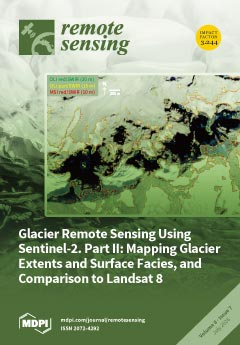1
Institute of Silviculture, Department of Forest and Soil Sciences, University of Natural Resources and Life Sciences, Vienna 1190, Austria
2
Centre for Wood Science, World Forestry, University of Hamburg, Hamburg 21031, Germany
3
Department of Forest Sciences, University of Helsinki, Helsinki 00014, Finland
4
Finnish Forest Research Institute, Joensuu 80101, Finland
5
Department of Bioscience and Territory, University of Molise, 86090 Pesche (IS), Italy
6
geoLAB—Laboratory of Forest Geomatics, Department of Agricultural, Food and Forestry Systems, Università degli Studi di Firenze, Firenze 50145, Italy
7
Facuty of Forestry, Universitatea Stefan del Mare, Suceava 720229, Romania
8
Tartu Observatory, Tõravere 61602, Estonia
9
Division Forest, Nature and Landscape, Department of Earth and Environmental Sciences, KU Leuven—University of Leuven, Leuven 3001, Belgium
10
Technological Institute, Furniture, Environment, Economy, Primary Processing and Supply, Champs sur Marne 77420, France
11
Laboratory of Dendrometry and Forest Productivity, Faculty of Forestry, Warsaw University of Life Sciences, Warsaw 02-776, Poland
12
Faculty of Forestry and Wood Sciences, Czech University of Life Sciences, Prague 16521, Czech Republic
13
Departamento de Selvicultura y Gestión de los Sistemas Forestales, INIA-CIFOR, Madrid 28040, Spain
14
Norwegian Institute for Bioeconomy Research, Ås 1431, Norway
15
Forest Ecology and Forest Management Group, Wageningen University, Wageningen 6700, The Netherlands
16
Department of Geographical Sciences, University of Maryland, Collage Park, MD 20742, USA
add
Show full affiliation list
remove
Hide full affiliation list





